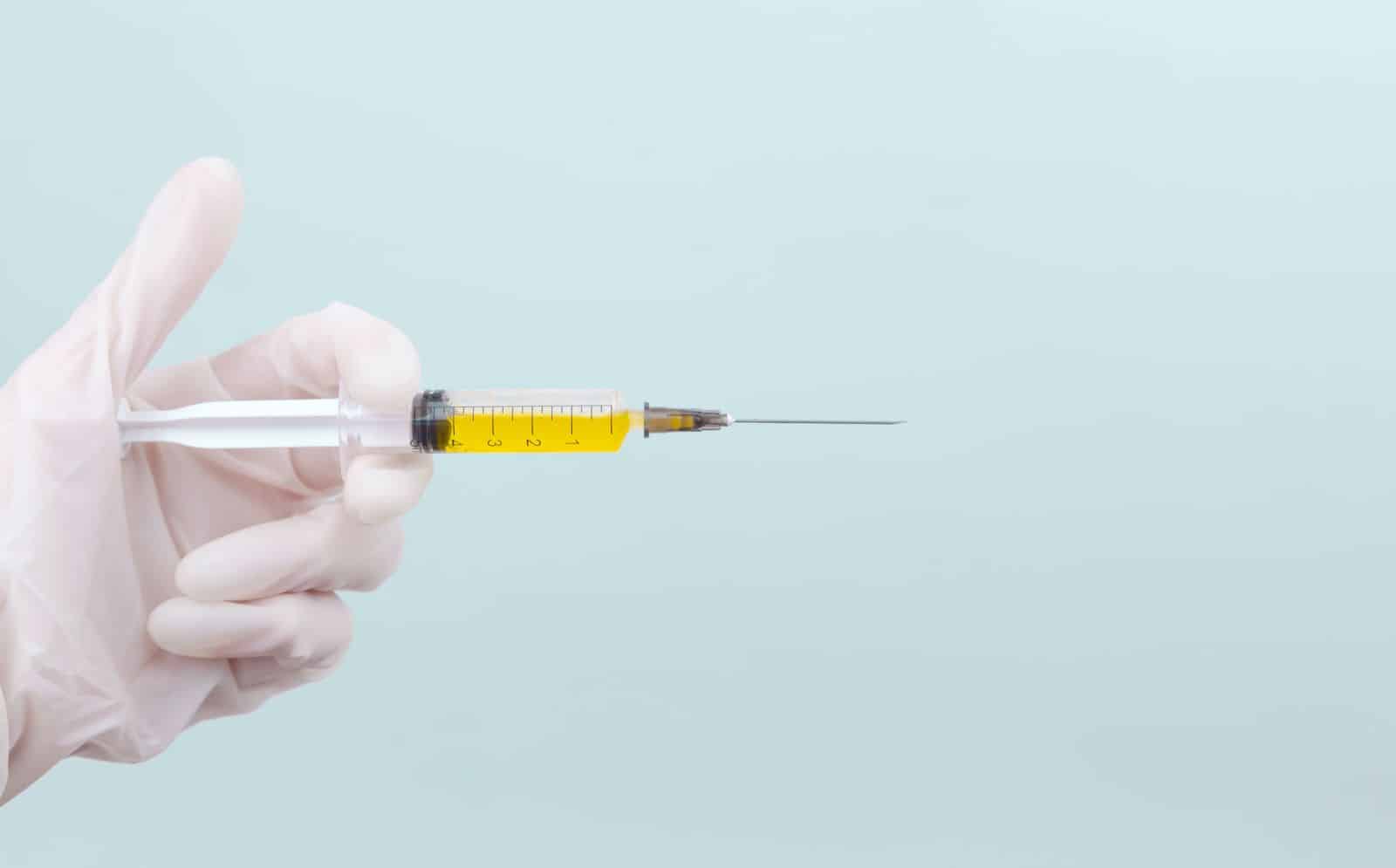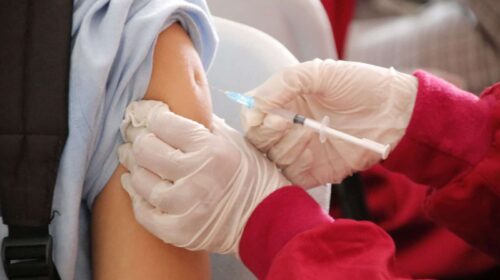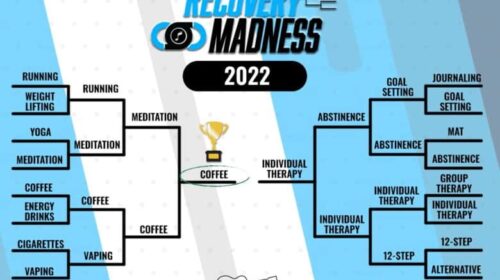What Is Sublocade®?
In the field of substance use recovery, particularly opioid use disorder, there are several therapeutic interventions and medication-assisted treatments. One such treatment option is Sublocade®, which is an approved intervention for opioid dependence.
Opioid use disorder is a serious illness that is characterized by a person’s compulsive use of opioid medicines despite wanting to stop or when doing so has a detrimental impact on their physical or mental health. It can damage relationships and destroy careers, making treatment essential. ®

What Is the Sublocade® Shot?
Sublocade® is an injectable medication used in the treatment of opioid use disorder. Sublocade® differs significantly from other buprenorphine-containing addiction treatments in that it only needs to be administered once a month[1].
It is an extended-release form of buprenorphine given through an injection. This medication helps curb withdrawal symptoms from opiates and lessen your cravings for them.
Sublocade® is an FDA-approved treatment for people suffering from opioid use disorder. However, it is under guidelines from the Sublocade® REMS program (risk evaluation and mitigation strategy). This means that only a healthcare professional should administer Sublocade® via injection into the abdomen region. Due to the possibility of significant damage or death from self-administration.[2]
Sublocade® Shot Uses
The Sublocade® shot is used for opioid use disorder (OUD). It can only be administered by a qualified healthcare provider. Giving someone a month’s worth of anti-addiction medication is significantly beneficial in both time and cost savings. This intervention is especially convenient for those who are homeless or experiencing other types of instability.
After receiving the Sublocade® injection, the drug gradually begins to spread throughout the body, minimizing withdrawal symptoms and lowering cravings. Sublocade® is injected beneath the skin as opposed to into a vein.
When injected into a vein, the substance solidifies into a mass. Tissues and organs may be harmed by this mass, which may even fragment and travel through the circulation. To ensure the injection travels beneath the skin and not into a vein, it is essential to receive your dose it from a medical practitioner.
You might notice or feel a tiny bump under your skin where the medication was administered after each injection. The lump may persist for a few weeks, but it should gradually shrink. Refrain from touching or massaging the lump or covering it up with tight clothing.
How Sublocade® Interacts With The Brain
Sublocade® is long-acting and functions by preventing opioids’ rewarding effects. Sublocade® binds to the opioid receptors in the brain, decreasing the likelihood that other dangerous opioids will also bind when consumed. Only supervised environments are used to give Sublocade®. Due to its extended-release attributes, Sublocade® works over the course of a month and only needs to be administered once each month.
Sublocade® Vs. Suboxone®: What’s The Difference?
Buprenorphine is an ingredient in Suboxone® and Sublocade® that can help patients overcome opioid addiction by reducing withdrawal symptoms and reducing cravings. However, Suboxone® and Sublocade® are different from one another.
Buprenorphine is the only drug in Sublocade®. Buprenorphine and naloxone are both components of Suboxone®. Suboxone® is a sublingual film that you place under your tongue, whereas Sublocade® is an injection. Suboxone® is taken as a single dose every day, and Sublocade® is administered once per month.
Sublocade® Vs. Vivitrol: What’s The Difference?
The active ingredient in Sublocade® is buprenorphine. It is a member of the class of medications known as partial opioid agonists. This indicates that the medicine has a comparable effect on your body as opioids.
The active component of Vivitrol is naltrexone. It is a member of the class of medications known as opioid antagonists. This indicates that the medication prevents opioids’ effects.
In the phase of opioid use disorder treatment known as maintenance, both Sublocade® and Vivitrol are utilized. This implies that you won’t use the medications until your opioid withdrawal symptoms have been effectively controlled. Long-term treatments like Sublocade® and Vivitrol may help you have fewer opioid cravings.
Medication Interactions and Substances To Avoid While Taking Sublocade®
Drug interactions could alter how your medications function or raise the possibility of major negative side effects. If this drug is combined with other products that may also make you drowsy or have breathing issues, the chance of serious side effects may rise.
If buprenorphine combines with other drugs, it can result in serious, potentially fatal problems. Some of these substances include alcohol, antihistamines, sedatives, muscle relaxants, antidepressants, sleeping pills, or benzodiazepines.
If you also take an antibiotic, an antifungal, a seizure medication, or a drug to treat HIV or hepatitis C, let your doctor know.
Side Effects of Sublocade®
Like any medication, Sublocade® can have minor to major adverse effects. Some of the more typical side effects that Sublocade® may have are listed below. These lists do not include every potential adverse impact.
Some side effects of Sublocade® include:
- Tiredness
- Drowsiness
- Pain or bruising at the injection site
- Drop in blood pressure
- Allergic reaction that causes hives
- Constipation
You should contact a doctor if you experience the following side effects:
- Deterioration in mental health
- Stiffness in muscles
- Slurred speech
- Dizziness
- Respiratory depression
- Trouble with coordination
- Elevated body temperature
Health Risks and Warnings About Sublocade®
Additionally, you should not take Sublocade® when pregnant or breastfeeding, as it can harm your baby[3]. Sublocade® is injected into the body, where it gradually starts to spread, reducing cravings and easing withdrawal symptoms.
Any healthcare professional who treats you should be aware that you are receiving Sublocade® as part of your opioid addiction treatment. Avoid abrupt discontinuation of Sublocade® therapy to avoid unpleasant withdrawal symptoms. Find out from your doctor how to discontinue taking this medication without taking unnecessary risks.

What You Need To Know About Sublocade® Treatment
Sublocade® treatment cannot be started on your own, and you cannot administer the injection yourself due to Sublocade® REMS guidelines.
Opioid addiction is not something to take lightly either, so if you’re nervous about seeking treatment, know that you aren’t alone. It can be scary to ask for help with addiction treatment. When using Sublocade® for opioid use disorder, your treatment provider will recommend therapy to provide an outlet for you to express yourself.
Your healthcare provider is not there to judge you or make you feel small about your disorder. They are there to walk you through a treatment program you will respond to so you can lead a healthy and fulfilling life.
Sublocade® is just one component of an overall treatment plan that could include involving counseling and other forms of addiction support. If you believe that this medication is not making your addiction symptoms better, let your doctor know.
Learn More About Opioid Use Disorder Treatment At Recovery Unplugged
Are you or a loved one at risk of opioid addiction or seeking treatment for your opioid use disorder?
At Recovery Unplugged, we believe in the power of hope and healing from alcohol and drug addiction. Our team of qualified medical professionals has years of experience working with addictions of all kinds.
We know reaching out for help is tough. We provide compassionate care with a tailored treatment plan designed to help you overcome your opioid use disorder and to keep you safe.
If you or someone you know is struggling, we are here for you. Contact us today to learn more about our services. For additional resources about medication-assisted treatment, we invite you to read more here.

























